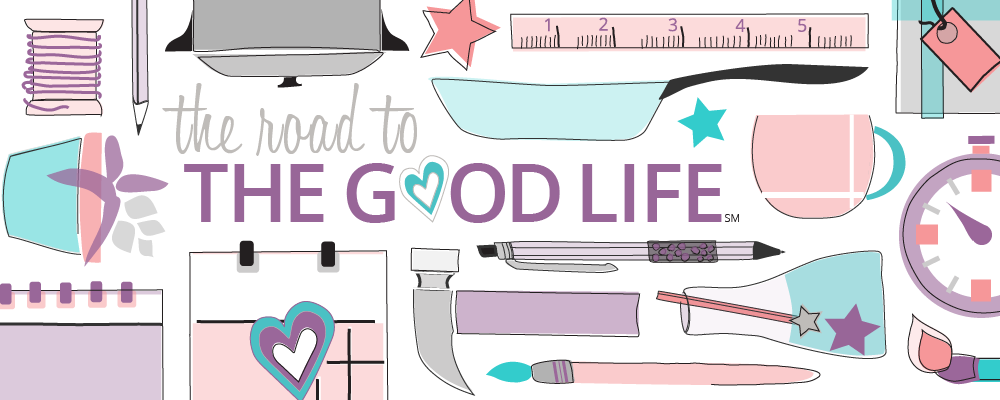Growing Your Own Potatoes
Eating organic is expensive. That means we need to get creative when it comes to stretching our budget dollars. So we're always looking for ways to get the most out of what we buy.
DISCLOSURE: This post contains affiliate links, followed by (*affiliate link). An affiliate link identifies this site. If you make a purchase based on my recommendation, I may receive money. I only feature products that I own or that I am considering purchasing. All opinions presented are my own. None of your personal information is shared with me.

We buy organic potatoes, which means if we don't eat them fast enough, they often sprout.
So, the last time one of our potatoes sprouted, we decided to plant it to see what would happen.
When it comes to eating organic, there's the dirty dozen. Twelve fruits and vegetables when farmed conventionally are high in pesticide residues. Turns out one of those vegetables, potatoes, can be grown at home.

Each eye on your potato is a potential sproutling. Cut your potato into roughly 1" pieces with one to two eyes on each. Because our potato had already sprouted, we used the sprouts to determine where we'd cut.

Prepare your container(s) or raised bed. Be sure that your containers or raised beds drain well. We started with one 12" diameter 16" deep ceramic planter because that's what we had on hand when our potato sprouted. As our five sproutlings get bigger, we'll need to transplant them into larger planters. If you don't want to replant your sproutlings, aim for one to a 16" planter.
Fill your containers with loosely compacted soil until the soil level is roughly eight inches from the top edge. We used Dr Earth 728 1-1/2 Cubic Feet Natural and Organic Potting Soil(*affiliate link). To determine how much soil you need for your container, you need to know the diameter of your container. Refer to Table 1. Pot Size and Capacity in the Container Vegetable Guide (PDF) handout from Iowa State University Extension and Outreach to get an idea of the amount of soil you need for your container.

Add organic fertilizer, one teaspoon per square foot. We used Dr. Earth Organic 5 Tomato, Vegetable & Herb Fertilizer Poly Bag(*affiliate link). You can also make your own fertilizer for your vegetable garden. Because nutrients leech out of the soil in containers faster than raised beds, you'll need to reapply your fertilizer when your sproutlings' growth stalls or their green losses its vibrancy.

Place your cut potato pieces with the eyes or sprouts up into the soil. Each piece should be planted 12" away from each other. This spacing makes potatoes perfect for square foot gardening as you'll be placing each seedling directly in the center of a marked square foot area in your raised bed.
Cover your cut potato pieces with 4" inches of soil.

Continue covering your plants with additional soil until the total plant growth is sbout six inches.
As your plants grow, be sure to keep the soil moist and avoid making them go thirsty. You don't want the soil in your container to completely dry out in between waterings. To check whether your container needs water, place a finger an inch to two inches below the soil surface. If dry, water. During the summer, you may need to check your containers more than once a day. Water until water flows out the drainage holes.


Harvest your first potatoes after your plants bloom. Place your hand into the soil and feel around. Any potatoes that are at least the size of a hen's egg are ready to eat.

Credits: All layouts designed by and images taken by Eden Hensley Silverstein for The Road to the Good Life.
DISCLOSURE: The Road To The Good Life is a participant in the Amazon Services LLC Associates Program, an affiliate advertising program designed to provide a means for sites to earn advertising fees by advertising and linking to amazon.com.
In addition to the product ads at the bottom of this post, this post also contains affiliate links. An affiliate link, followed by (*affiliate link), tells Amazon that you visited them from this site. If you make a purchase based on my recommendation, I may receive money. I only feature products that I own or that I am considering purchasing. All opinions presented are my own. Amazon doesn't share your personal information with me.
